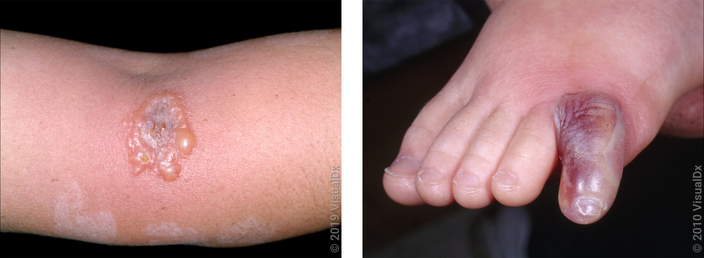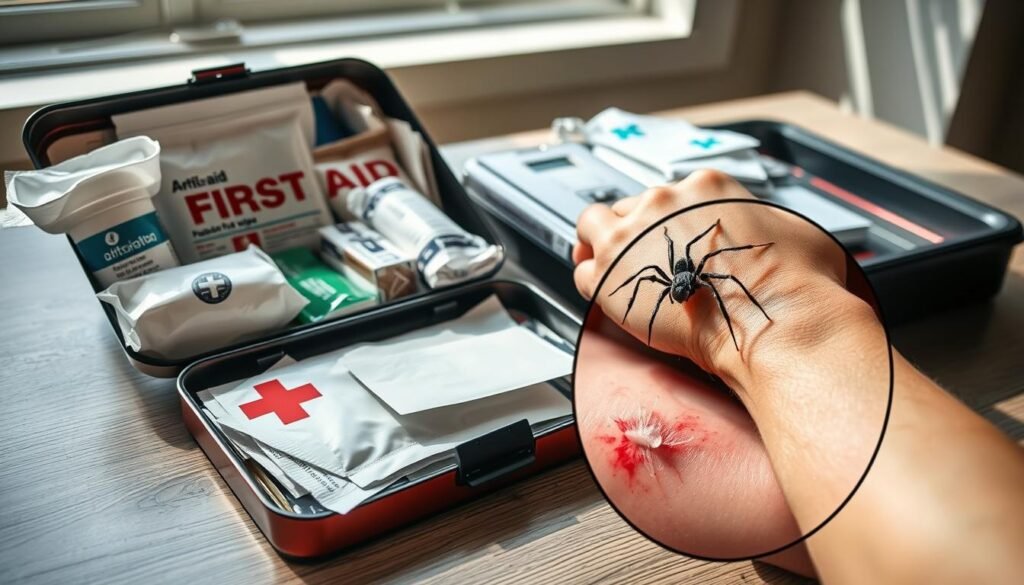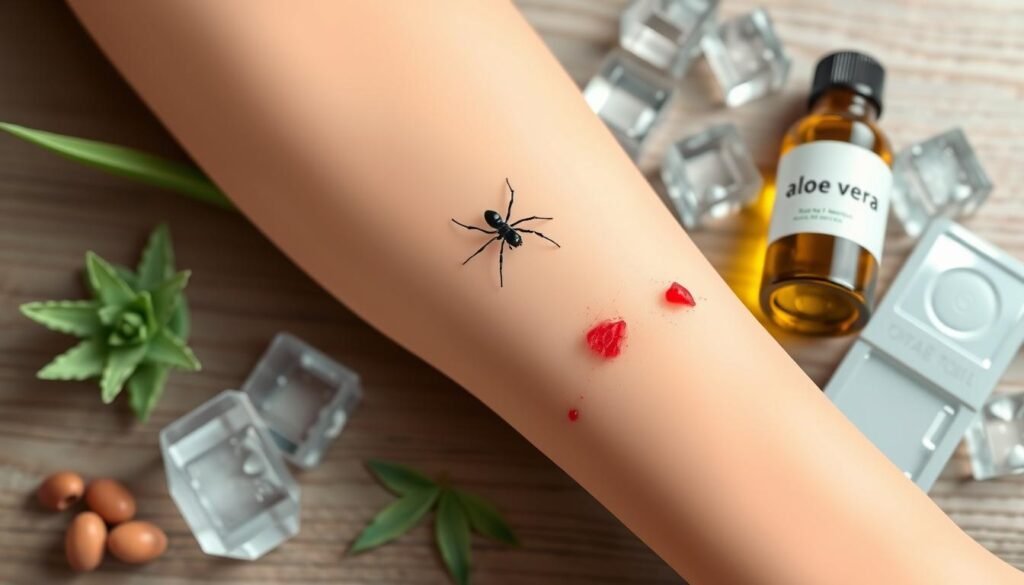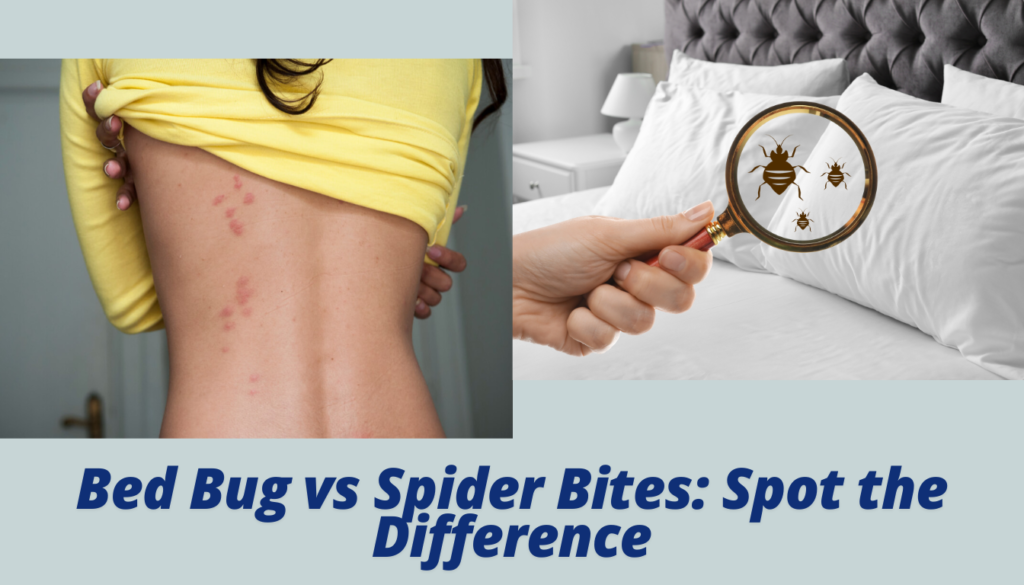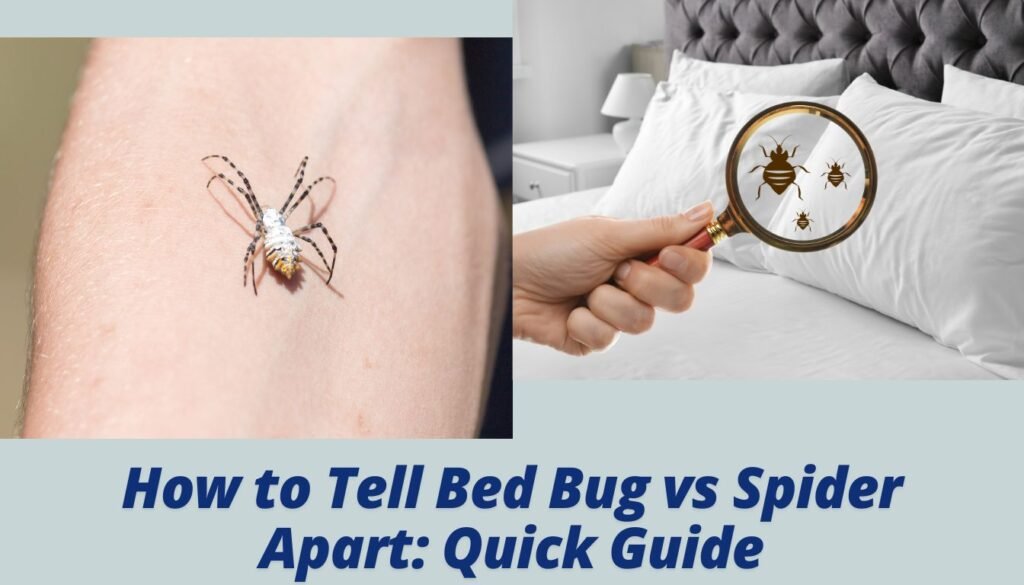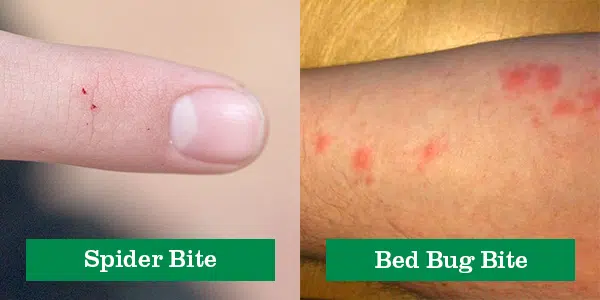When it comes to insect and arachnid encounters, few things create as much fear as a spider bite. While most bites are harmless, certain species can cause serious health problems. Understanding spider bite symptoms and treatment is essential for keeping yourself and your family safe. Whether you are dealing with a mild irritation or a potentially dangerous bite, knowing the right steps can make all the difference.
Understanding Spider Bites
Not all spider bites are dangerous, and in many cases, the bite may go unnoticed. However, certain species, such as the black widow or brown recluse, can cause more severe reactions. By learning about spider bite symptoms and treatment, you can respond quickly and effectively if a bite occurs.
Spiders typically bite as a defense mechanism when they feel threatened. Most bites happen when a person accidentally comes into contact with a spider in clothing, bedding, or storage boxes.
Common Symptoms of a Spider Bite
Recognizing the signs is the first step in proper spider bite symptoms and treatment. While symptoms can vary depending on the species and the individual’s reaction, some common signs include:
Redness and swelling at the bite site
Mild to intense pain
Itching or burning sensation
Formation of a blister or ulcer
In severe cases, muscle cramps, fever, or nausea
For most people, symptoms appear within a few hours of the bite. However, dangerous bites may progress faster and require urgent attention.
Dangerous Spider Bites to Watch Out For
While thousands of spider species exist, only a few pose significant danger to humans. Understanding the differences is an important part of spider bite symptoms and treatment knowledge.
Black Widow Spider – Known for its glossy black body and red hourglass marking, this spider’s venom affects the nervous system. Symptoms include severe pain, muscle spasms, and difficulty breathing.
Brown Recluse Spider – Identified by its violin-shaped marking, this spider’s bite can cause tissue damage and severe pain. Symptoms may worsen over days, leading to open sores.
If you suspect a bite from either of these species, seek immediate medical care.
First Aid Steps for Spider Bites
Effective spider bite symptoms and treatment begins with immediate first aid. Here are steps to follow:
Clean the Bite – Wash the area gently with soap and water.
Apply a Cold Pack – Reduce swelling by placing a cloth-covered ice pack on the bite for 10 minutes at a time.
Elevate the Limb – If the bite is on an arm or leg, keep it elevated to reduce swelling.
Use Pain Relief – Over-the-counter medications can help manage discomfort.
Avoid Scratching – This prevents infection and further irritation.
If symptoms worsen or new severe signs appear, seek medical attention immediately.
Medical Treatment for Spider Bites
While mild bites often heal without complications, serious bites may require professional care. Medical treatment for spider bite symptoms and treatment could include:
Antivenom for dangerous species bites
Prescription pain medication or muscle relaxants
Antibiotics for secondary infections
Wound care for ulcers or damaged tissue
Doctors may also perform blood tests or imaging if systemic symptoms develop.
Preventing Spider Bites
Prevention is a vital part of avoiding the need for spider bite symptoms and treatment in the first place. You can reduce your risk by:
Wearing gloves when handling stored items or working in sheds
Shaking out shoes and clothing before wearing them
Keeping your home free of clutter where spiders may hide
Using insect screens and sealing gaps in windows and doors
Myths About Spider Bites
Many people believe that all spiders are dangerous or that every red bump is from a spider. Part of understanding spider bite symptoms and treatment is knowing the facts.
Most spiders are not aggressive and only bite in self-defense
Infections at the site are often from bacteria, not venom
Medical attention is not always needed for mild bites, but monitoring is important
When to Seek Emergency Help
Not every bite needs a hospital visit, but certain symptoms require urgent care. Seek medical help immediately if you experience:
Difficulty breathing or swallowing
Severe muscle cramps or chest pain
Rapidly spreading redness or swelling
Fever or chills
A large open sore at the bite site
Early intervention can save lives in the case of venomous bites.
Final Thoughts on Spider Bite Safety
Being informed about spider bite symptoms and treatment helps reduce fear and ensures proper action. Most bites heal with simple care, but recognizing the signs of danger is key. By combining prevention tips, first aid knowledge, and awareness of dangerous species, you can handle spider bites confidently and safely.
